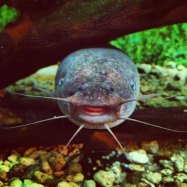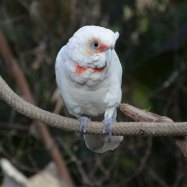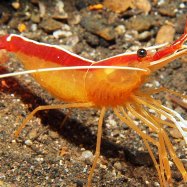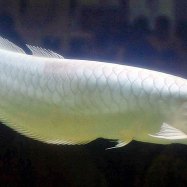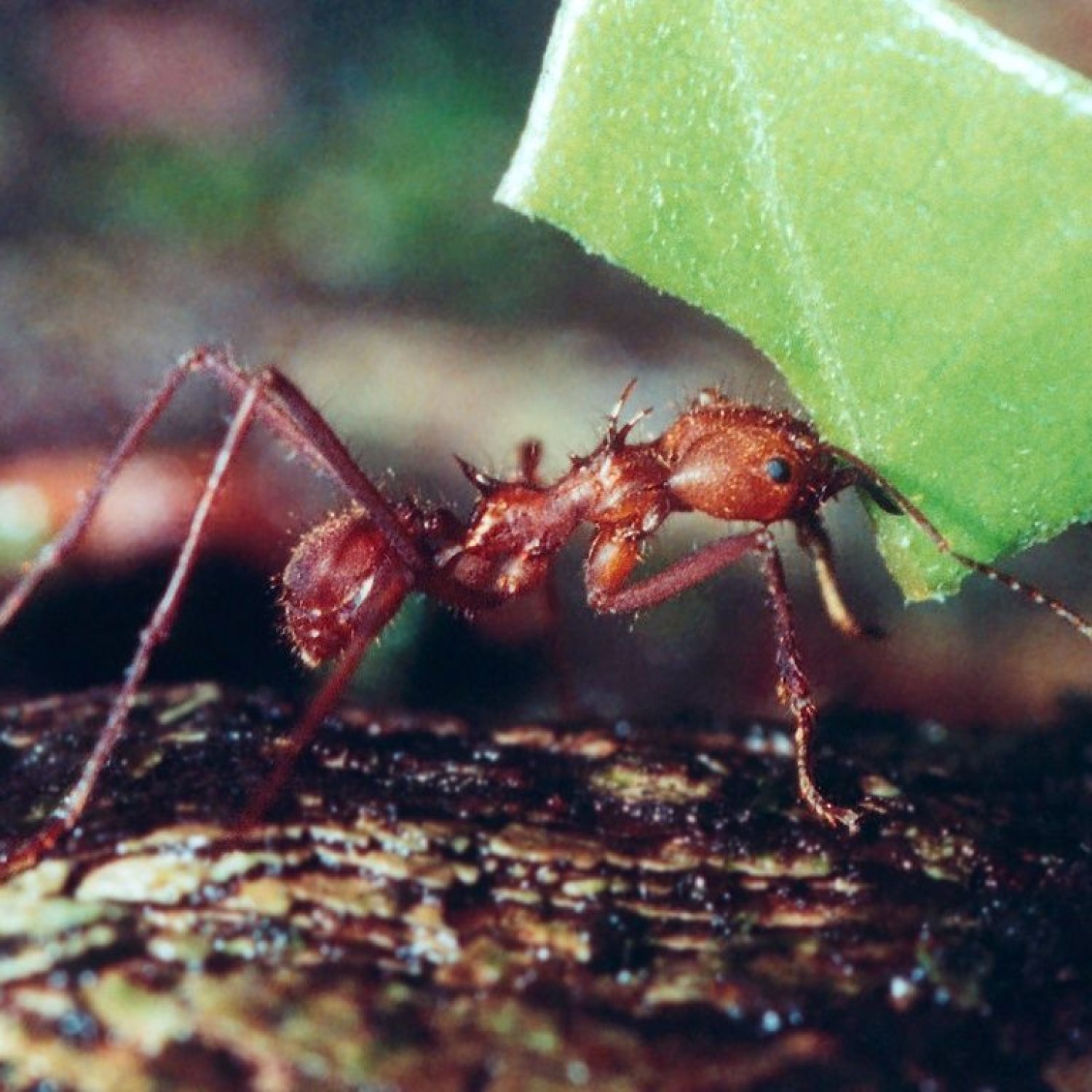
Leafcutter Ant
10-20 mm
Discover the incredible world of leafcutter ants! These fascinating creatures, belonging to the Formicidae family, measure 10-20 mm in length and are typically found on the ground. Don't be fooled by their small and slender body shape, as they have the strength to carry objects 50 times their weight. Keep an eye out for these amazing creatures in your backyard. #LeafcutterAnt #Formicidae #GroundDwelling #NatureFacts
Animal Details Summary:
Common Name: Leafcutter Ant
Kingdom: Animalia
Habitat: Tropical rainforests
The Fascinating World of the Leafcutter Ant
Walking through the lush and dense tropical rainforests of Central and South America, one might be lucky enough to catch a glimpse of one of the most fascinating creatures in the animal kingdom – the Leafcutter Ant, scientifically known as Atta.With its distinct body shape, small size, and unique feeding habits, the leafcutter ant has captured the attention and curiosity of researchers and nature enthusiasts alike. In this article, we will take a deeper look into the world of these tiny but mighty creatures and discover what makes them so remarkable.
A Tropical Rainforest Dweller
The Leafcutter Ant can be found in the tropical rainforests of Central and South America, making its home in the leafy and moist forest floors Leafcutter Ant. These forests provide the perfect environment for the ants to thrive, with an abundance of plant life and suitable conditions for their complex colony systems.Belonging to the Kingdom of Animals
The Leafcutter Ant belongs to the animal kingdom, also known as Animalia. This kingdom is one of the six traditional classifications of living organisms and includes a vast variety of animals from tiny insects to massive mammals. As animals, the leafcutter ants possess the characteristics of being multicellular, heterotrophic, and capable of locomotion.Part of the Class of Insects
Leafcutter Ants belong to the class Insecta, which is the largest class in the animal kingdom, consisting of over 1 million described species. The class Insecta is also known as the insects, and it includes animals with six legs, three body segments, and a hard exoskeleton. This class includes a diverse range of insects such as bees, beetles, and butterflies.An Order of Hymenoptera
The Leafcutter Ant is a part of the Hymenoptera order, which is one of the largest and most diverse orders of insects. This order includes well-known insects such as bees, wasps, and ants, all of which share common features such as wings, chewing or rasping mouthparts, and complex societies that include castes Lion.Classified under the Family Formicidae
The Leafcutter Ant falls under the family Formicidae, which is a diverse family of ants with over 12,000 described species. All ants are characterized by a narrow waist, typically consisting of two small segments that connect the gaster and mesosoma. Leafcutter Ants are also classified under this family due to their habit of carrying leaves and other plant matter.Herbivores at Heart
Leafcutter Ants are known for their unique feeding method as they are herbivorous, meaning they primarily feed on plant matter. They are particularly famous for their habit of cutting and carrying leaves back to their underground nests, hence their common name 'Leafcutter Ants.' Interestingly, they do not consume the leaves but use them as a substrate for farming fungi, which they then feed on. This intricate farming behavior is a testament to their advanced social structures and intelligence.Geographical Distribution and Country of Origin
The Leafcutter Ant can be found in various countries throughout Central and South America, such as Brazil, Costa Rica, and Mexico, making it a widespread species. As it is named after its unique habit of cutting leaves, this ant is most commonly found in tropical and subtropical regions where there is an abundance of vegetation to feed their fungi gardens.Ground-Dwelling Societies
Leafcutter Ants are ground-dwelling creatures, meaning they make their homes in the soil of the forest floor. These ants build intricate underground nests that can reach up to 100 feet in length and house millions of individuals. Each colony has a highly organized social structure with different castes, including workers, soldiers, and reproductive ants, each with a specific role and function.Varied Coloration and Body Shape
One of the most intriguing characteristics of Leafcutter Ants is their varied coloration, which can vary greatly among different species. Some have bright red bodies, while others have a darker, almost black color. This variation in coloration is largely dependent on the type of fungi the colonies farm as different fungi require specific conditions, and some produce different colored spores.Aside from coloration, these ants also have a unique body shape, which is small and slender with a narrow waist and three body segments. This body structure enables them to easily maneuver and carry leaves and other plant matter back to their nests.
10-20 mm in Length
Leafcutter Ants may be small, but they are mighty. On average, they range from 10 to 20 mm in length, with the queens being the largest and drones being the smallest. Despite their size, these ants are incredibly strong and can carry leaves and other materials that are several times their weight.In Conclusion
The Leafcutter Ant is undoubtedly a fascinating creature, with its intricate social structures, unique feeding habits, and adaptability to various environments. As a vital part of the ecosystem in which they reside, these tiny ants play a crucial role in maintaining balance and harmony in the tropical rainforests of Central and South America. As we continue to learn more about these creatures, we can only marvel at their intelligence and complexity, further cementing their status as one of the most captivating species in the animal kingdom.

Leafcutter Ant
Animal Details Leafcutter Ant - Scientific Name: Atta
- Category: Animals L
- Scientific Name: Atta
- Common Name: Leafcutter Ant
- Kingdom: Animalia
- Phylum: Arthropoda
- Class: Insecta
- Order: Hymenoptera
- Family: Formicidae
- Habitat: Tropical rainforests
- Feeding Method: Herbivore
- Geographical Distribution: Central and South America
- Country of Origin: Multiple countries in Central and South America
- Location: Ground-dwelling
- Animal Coloration: Varies by species
- Body Shape: Small and slender
- Length: 10-20 mm
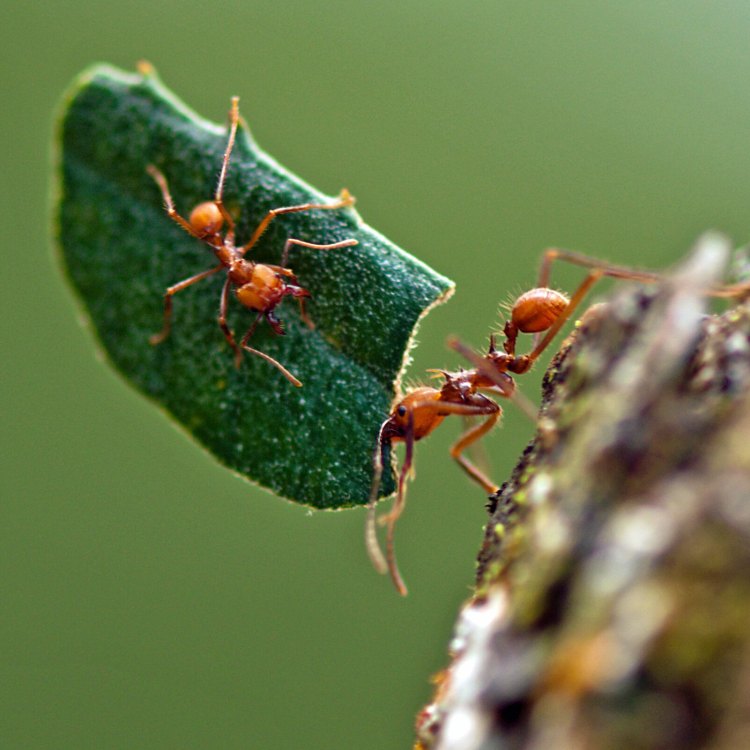
Leafcutter Ant
- Adult Size: 10-20 mm
- Average Lifespan: 1-2 years
- Reproduction: Sexual
- Reproductive Behavior: Queen ants mate with male ants and store sperm to fertilize eggs
- Sound or Call: No sound production
- Migration Pattern: Not migratory
- Social Groups: Highly organized colonies
- Behavior: Leaf cutters
- Threats: Habitat loss, pesticides
- Conservation Status: Not evaluated
- Impact on Ecosystem: Important for nutrient cycling
- Human Use: None significant
- Distinctive Features: Large mandibles for cutting leaves
- Interesting Facts: Leafcutter ants can strip an entire tree of its leaves in a single night.
- Predator: Anteaters, certain wasp species
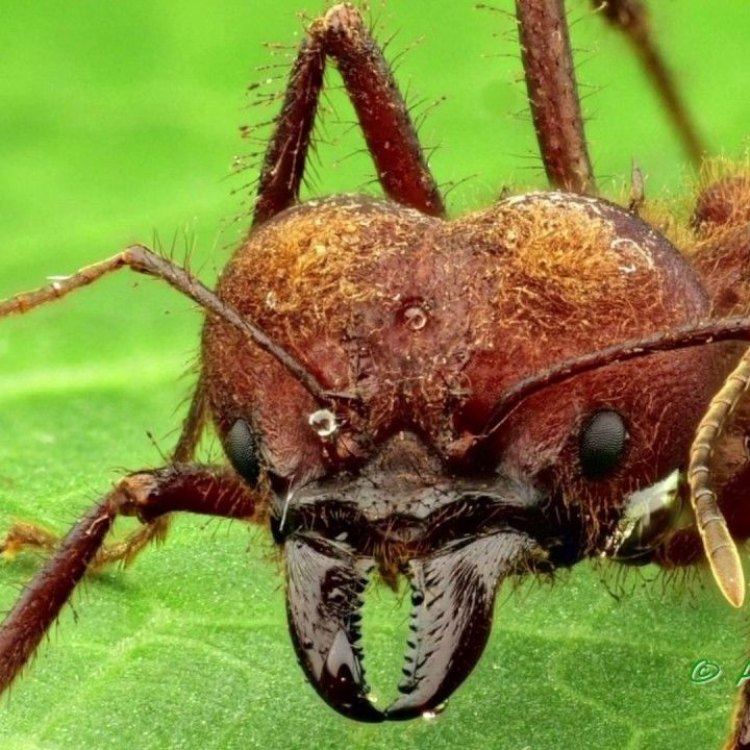
Atta
The Amazing World of Leafcutter Ants
Ants may seem like insignificant creatures, often overlooked and dismissed. However, some species of ants possess incredible abilities and display fascinating behaviors that make them stand out in the insect world. One such species is the leafcutter ant, an ant with a unique and complex way of life that sets them apart from others.Found in the tropical regions of Central and South America, leafcutter ants are small but mighty creatures PeaceOfAnimals.Com. They range in size from 10 to 20 millimeters, with larger individuals serving as soldiers with the crucial role of protecting the colony. These ants can live up to 1 to 2 years, a relatively long lifespan for an insect.
Despite their small size, leafcutter ants have a significant impact on their surrounding environment. Let's delve deeper into the world of these incredible insects and learn about their distinctive features, behaviors, and importance in the ecosystem.
Reproduction and Social Behavior
Like most ants, leafcutter ants are social insects and live in highly organized colonies. Each colony has a queen, who is responsible for laying eggs, along with thousands of worker ants that take care of the queen, the larvae, and the fungus gardens that provide food for the colony.What sets leafcutter ants apart is their method of reproduction. Unlike other ants that reproduce asexually, leafcutter ants reproduce sexually. The queen ants mate with male ants and store the sperm to fertilize eggs for years, ensuring a steady supply of workers Loris.
The queen ants have a crucial role in the colony as they can lay millions of eggs during their lifetime, ensuring the survival and growth of the colony. However, only a few lucky males get the opportunity to mate with the queen before dying, making it a highly competitive and complex reproductive behavior.
Leaf Cutting and Fungus Cultivation
One of the most distinctive and captivating features of leafcutter ants is their behavior of cutting leaves, as their name suggests. The worker ants use their sharp mandibles to cut off small pieces of leaves, which they then carry back to their colony.You might wonder why these ants go to so much trouble to cut leaves. The answer lies in the fungus gardens that they cultivate. The leaves are not for direct consumption but rather used as a substrate for growing fungus, which serves as their main food source.
Upon reaching the colony, the worker ants chew the leaves and mix them with their saliva, creating a paste-like substance. This paste is then used to grow and maintain the fungus gardens, which serve as the primary food source for the entire colony.
However, the relationship between leafcutter ants and the fungus is not one-sided. The ants cultivate a particular type of fungus that needs specific nutrients to grow, and the ants provide these nutrients by adding bits of leaves, fecal matter, and even their own bodies to the gardens. In return, the fungus produces specialized structures that act as a food source for the ants.
This unique symbiotic relationship between leafcutter ants and the fungus they cultivate is crucial for the survival of both species, making it an essential aspect of their behavior.
Threats and Conservation Status
Unfortunately, like many other species, leafcutter ants face threats that endanger their existence. One of the main threats is habitat loss due to deforestation and urbanization, as their natural habitats are being destroyed at an alarming rate.Moreover, the use of pesticides in agriculture also poses a significant threat to leafcutter ants. Pesticides not only kill the insects but also contaminate the leaves, making them unsuitable for the ants and their fungus gardens. This can lead to the collapse of entire colonies and disrupt the nutrient cycling process, negatively impacting the ecosystem.
However, due to their vast range and abundance, leafcutter ants have not been evaluated for their conservation status. Still, it is essential to take measures to protect their habitats and limit the use of harmful pesticides to ensure their survival.
Impact on the Ecosystem
Leafcutter ants may seem like a nuisance to farmers and gardeners, with their habit of stripping entire trees of their leaves. However, these ants play a vital role in the ecosystem and have a significant impact on nutrient cycling.By cutting and burying leaves, the ants contribute to the organic matter in the soil, further enhancing the soil's fertility. The fungus that they cultivate also aids in breaking down the leaves, releasing valuable nutrients back into the soil, which is crucial for the growth of plants. In this way, leafcutter ants play a vital role in maintaining a healthy ecosystem, making them an essential species in the tropical regions where they are found.
Interesting Facts and Natural Predators
Apart from their distinctive behaviors and important role in the ecosystem, leafcutter ants have some fascinating and unique features that make them even more intriguing.For instance, these ants can strip an entire tree of its leaves in a single night, making them quite efficient and powerful creatures. They can also carry objects up to 50 times their body weight, making them incredibly strong for their size.
However, these impressive abilities don't make leafcutter ants invincible. They have natural predators, such as anteaters and certain wasp species, that feed on them. These predators keep the ant population in check and play a role in maintaining a balance in the ecosystem.
Conclusion
From their distinctive behaviors and impressive abilities to their important role in the ecosystem, leafcutter ants are undoubtedly fascinating creatures. Despite their small size, they are powerful and organized, with a complex social life and a unique way of reproduction.Moreover, their impact on the ecosystem cannot be ignored, as they play a crucial role in nutrient cycling, highlighting the interconnectedness and importance of all species in an ecosystem.
As we continue to learn more about the amazing world of leafcutter ants and other species, we must also take steps to protect and conserve their habitats. With responsible actions and awareness, we can ensure the survival of these incredible creatures for generations to come.

The Fascinating World of the Leafcutter Ant
Disclaimer: The content provided is for informational purposes only. We cannot guarantee the accuracy of the information on this page 100%. All information provided here may change without prior notice.

